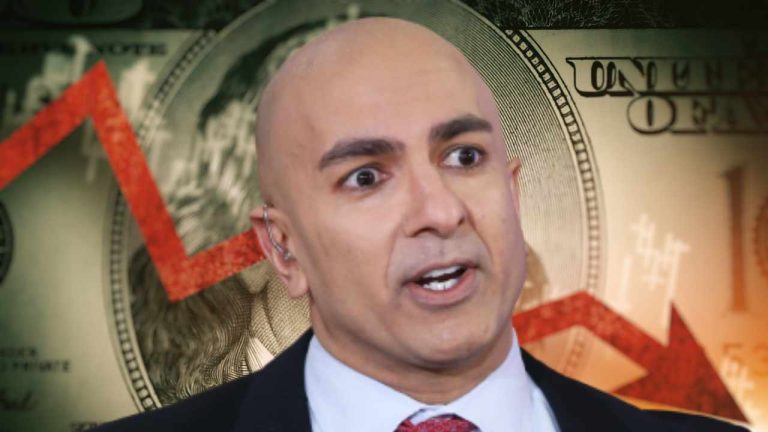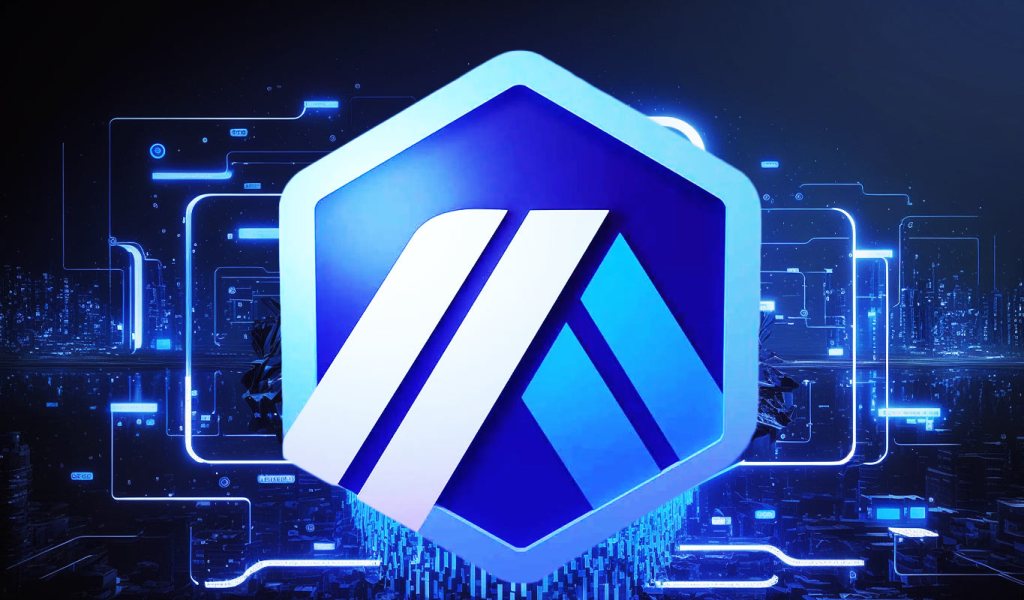While considering the Global Sports Market Opportunities and Strategies Report 2021, issued by Yahoo Finance, it is reported that the global sports market is forecasted to reach $599.9 billion by 2025, and as COVID-19 lockdowns ease further, $826 billion by 2030. Much of this is attributed to esports, sponsorships and ease of access, as well as adopting technology.
Technology has not only helped in telecommunications and revenue but also athletic potential with a number of performance enhancement capabilities. Think of the third umpire in cricket, VAR in football (yes, somewhat debatable), or a range of tech being used in lots of high-tech sports. The newest advent of the metaverse has also now presented all sports teams, clubs and players with a new opportunity — a billion-dollar one as some suggest.
The metaverse is now used to expand events past just live games to reward fans. Teams and athletes can stream live to fans in digital stadiums in the metaverse. This is further enhanced by Lars Rensing, CEO of blockchain solution provider Protokol, an arm of ARK, who believes that sports teams can take advantage of the blockchain space and its enhanced technology to engage and expand their fanbases.
A global leader in financial services, Morgan Stanley, estimates the metaverse to be an $8 trillion market and purports it to be the “next-generation social media, streaming and gaming platform,” with Epyllion CEO Matthew Ball saying it could be worth up to $30 trillion over the next 15 years. The COVID-19 pandemic highlighted how technology allowed people to remain connected despite being physically distant, sports clubs allowed fans to still interact via the metaverse and even monetized it to aid in the loss of fans in stadiums. The United States-based baseball team, the Atlanta Braves, leveraged the metaverse to build an exact copy of Truist Park (their stadium) and used it to host digital events. Other examples of leveraging the metaverse include how Travis Scott hosted a concert within Fortnite. Manchester City is currently rendering its stadium, the Etihad, Google and the NBA launched Pixel Arena, and Italy’s Serie A live-streamed a match via virtual world platform The Nemesis, in which fans used nonfungible tokens (NFTs) as tickets and interacted with other avatars.
Web3 has often been dubbed as the future of the internet. Though being decentralized, it ultimately puts the power into the hands of the users rather than big corporations — and in the case of sports, the fans hold the power, not the club owners. One doesn’t have to think particularly hard when it comes to bad club owners — think Mike Ashley and his ownership of Newcastle United, the fans of Manchester United who dislike the Glazers, or most recently the hatred of Roman Abramovich. The question that always remains is what can fans actually do about it?
There is a new game in the Play2Earn space that gives fans the power they crave — MetaSoccer. Imagine a football manager-style game where users build the team to manage, where fans have direct ownership of the players they buy and manage, and this is done through purchasing NFTs. Because the game has direct ownership, not even the developers of MetaSoccer can take these NFTs away! Users always have the option to simply sell or trade in-game NFTs on open markets and recoup their value.
As the first blockchain-based soccer metaverse, MetaSoccer gives users the ability to manage their own club and generate income (P2E) while playing. In this soccer manager-style P2E game, every user can actively participate in different ways and earn rewards for their contributions to the ecosystem. Earning an income can be through winning matches, finishing at the top of the league, selling off and lending out players, charging commissions, selling sport scouts, getting sponsorship contracts, betting, renting your stadium, and selling tickets to fans.
Users are able to perform transactions in MetaSoccer through $MSU tokens, which also gives them the power to participate in future decisions of the game. This is exactly what fans have been craving — a chance to prove themselves and be more than just a spectator, they can now fully immerse themselves in their role within the metaverse. Patxi Barrios, COO of MetaSoccer stated that “The metaverse has finally allowed fans to get off the couch and take charge of their team. This is what I have wanted to be able to do since I started supporting my team, and now I can finally do this. I know I’m not alone, so it’s time fans take control and be part of something so much bigger.”
The NBA has also leveraged the metaverse and NFTs since 2020 with its NBA Top Shot project. This project leverages the idea of trading card games but has converted these into video trading cards showing significant moments in NBA history. Fans can collect and trade these in the form of NFTs. The most expensive moment to date sold for $387,600 and features a dunk by LeBron James against the Houston Rockets. This dunk was LeBron’s way of paying tribute to his friend and LA Lakers legend Kobe Bryant who had died in a helicopter accident.
From a slightly different perspective, smart bike manufacturer Capti is using the metaverse to bring sports training to a global audience. Capti leverages 3D technology and has created a gamified cycling platform compatible with existing virtual worlds. So, players can use their own bicycles to ride the Tour de France, race others online in a Mario Cart scenario, or simply ride around in a parallel world, such as Second Life.
The metaverse with these digital experiences naturally offers lucrative opportunities for rights holders and manufacturers of NFTs and games. The biggest shift is that of power. While Web2 may have started the disruption, Web3 has taken the power away from big corporations and given it to the users — fans, those that make the clubs, and athletes — a success. They no longer only have to sit by, they can now control the narrative and the activities within the metaverse. Who wouldn’t want a piece of that action?



